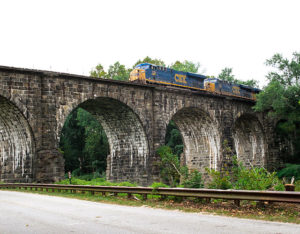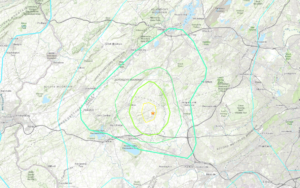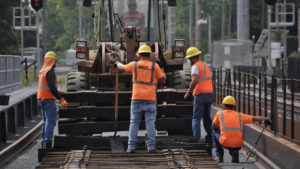NYC Transit installs 100 countdown clocks in subway
Written by jroodMore subway customers than ever now benefit from knowing exactly when their train will arrive as countdown clocks have been activated in 100 stations along MTA New York City Transit's numbered lines. This important milestone exceeds the MTA's original goal to get 75 stations online by the end of the year. A similar project to activate informational signs continues to progress along the lettered lines as well. Customers using Manhattan's Houston Street Station on the No. 1 Line are the latest to receive up-to-the-minute next train information that takes the guesswork out of how long the wait time will be. The ambitious project to install Public Address/Customer Information Screens, more popularly referred to as Countdown Clocks, in the system's stations is changing the habits of subway riders every day. Now, instead of peering into the tunnel and guessing when the next train will arrive all they have to do is look up and they can see how many minutes until the next two trains reach the station. Originated on the L Canarsie Line in 2007, the system is in the process of being activated in 152 stations along the numbered lines in the Bronx, Manhattan and Brooklyn. "For years, transit riders in other cities around the world have been looking at digital signs to know when the next bus or train is coming," said MTA CEO Jay H. Walder. "But in New York, we were left peering down a subway platform looking for headlights. We're changing that and improving our customers' experience one station at a time." "This is all about providing information to our customers who may see similar systems in other locations and ask, 'Why not here?' Well, we asked ourselves the same thing and we are now moving briskly ahead with this project," said NYC Transit President Thomas Prendergast. The PA/CIS system, which is being rolled out along the numbered lines, is a major component of the MTA's effort to substantially upgrade customer communications across the entire network. Providing train-arrival messages both visually and by audio, allows customers to be kept fully informed of regular service, delays or emergency situations, should they arise.





